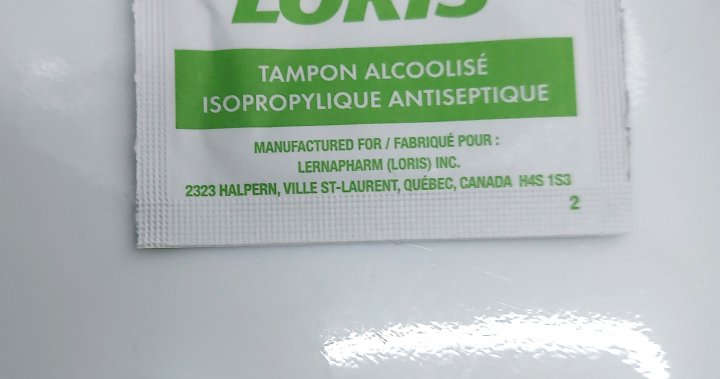An Ontario mayor declared a state of emergency after nearly 20 people overdosed in 24 hours.
And Quebec City health authorities have issued new warnings after detecting an opioid 25 times stronger than fentanyl disguised as prescription oxycodone.
Experts say both events demonstrate worsening trends in Canada’s drug supply and opioid crisis, even as they caution that focusing too closely on a new drug or single event misses the broader picture – that the death toll continues to rise.
“We’ve known for years that the drug supply that’s sold on the streets is toxic. We’ve known for years that it’s unpredictable,” said Dr. Alexander Caudarella, a family physician focusing on addictions treatment and CEO of the Canadian Centre on Substance Use and Addiction.
“We know the prevention efforts, the treatment efforts and the harm reduction efforts that work. Many of them have been around for decades.”
Caudarella said drugs like protonitazepyne, spotted for the first time in Quebec City on Sunday, keep getting more potent because dealers can make them anywhere and because more powerful drugs become easier to traffic since a user needs less to get high.
He told Global News it’s a new, and especially toxic, form of an opioid already circulating that, besides being a very powerful pain reliever, suppresses breathing more than most other opioids – leading to more overdoses.
“There’s a lot of fear amongst clinicians and, I would say, the clients that we have,” he told Global News of the worsening drug supply.
Get the latest Health IQ news.
Sent to your email, every week.
“So many people who, when they see me, are afraid that it’s going to be the very last time that they see me.”

Hayley Thompson, who manages the Toronto Drug Checking Service, said they are seeing fentanyl “become more potent, more volatile and (with) more central nervous system and respiratory depressants being added to it.”
She told Global News protonitazepyne will likely always be mixed with other drugs and that people using drugs won’t know what they’re consuming – especially since protonitazepyne is not fentanyl and so can’t be detected by fentanyl test strips, one measure used to try to ensure safer supply.
“Currently we lose approximately 22 Canadians a day to this crisis,” she said, quoting Health Canada statistics.
“And the supply is only becoming more contaminated.”

More than 7,000 Canadians died in 2022, the most recent year for which complete statistics are available. Health Canada numbers for January to June 2023 are nearly on pace to match.
More than 40,000 people died between January 2016 and June 2023.
Speaking from Ottawa, Caudarella said protonitazepyne’s concentration is unpredictable, meaning that “somebody could use this drug yesterday, but because it’s mixed slightly differently, or maybe they have a cold today, it could kill them.”
Both Caudarella and Thompson said Canada needs to do more to prevent drug use and treat people suffering from addictions.
“When we focus on this singular new drug, or maybe a few new drugs presenting,” Thompson said, “we’re taking away from the conversation of what bold policy responses should we be putting in place.”
She and Caudarella have both advocated for supervised consumption sites, more drug testing and safe supplies to prevent overdoses, more treatment once someone becomes addicted, and more awareness around Good Samaritan laws, which can shield someone calling 911 for an overdose from prosecution.
Caudarella also says Canada’s health systems should be offering access to treatment at all levels.
“Our efforts and investment in things like prevention have not been what they should be,” he said.
© 2024 Global News, a division of Corus Entertainment Inc.










